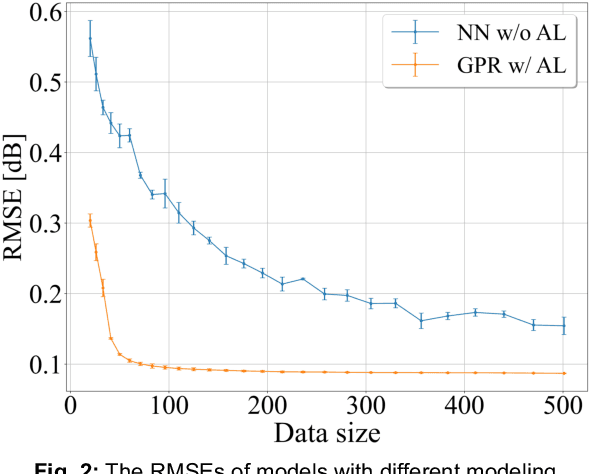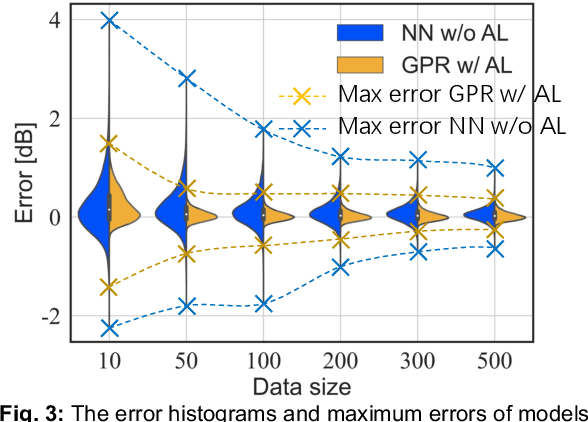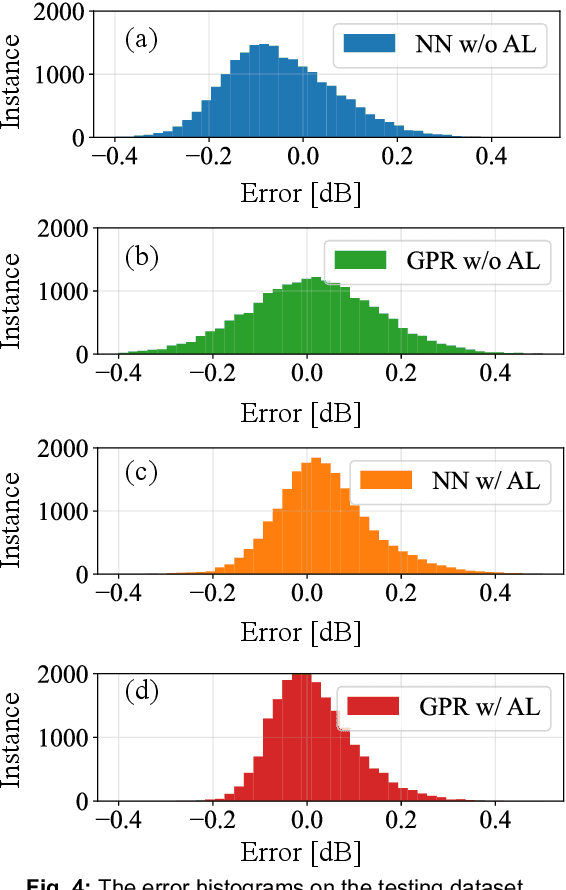Yuli Chen
CEFW: A Comprehensive Evaluation Framework for Watermark in Large Language Models
Mar 24, 2025Abstract:Text watermarking provides an effective solution for identifying synthetic text generated by large language models. However, existing techniques often focus on satisfying specific criteria while ignoring other key aspects, lacking a unified evaluation. To fill this gap, we propose the Comprehensive Evaluation Framework for Watermark (CEFW), a unified framework that comprehensively evaluates watermarking methods across five key dimensions: ease of detection, fidelity of text quality, minimal embedding cost, robustness to adversarial attacks, and imperceptibility to prevent imitation or forgery. By assessing watermarks according to all these key criteria, CEFW offers a thorough evaluation of their practicality and effectiveness. Moreover, we introduce a simple and effective watermarking method called Balanced Watermark (BW), which guarantees robustness and imperceptibility through balancing the way watermark information is added. Extensive experiments show that BW outperforms existing methods in overall performance across all evaluation dimensions. We release our code to the community for future research. https://github.com/DrankXs/BalancedWatermark.
A Residual Multi-task Network for Joint Classification and Regression in Medical Imaging
Feb 27, 2025Abstract:Detection and classification of pulmonary nodules is a challenge in medical image analysis due to the variety of shapes and sizes of nodules and their high concealment. Despite the success of traditional deep learning methods in image classification, deep networks still struggle to perfectly capture subtle changes in lung nodule detection. Therefore, we propose a residual multi-task network (Res-MTNet) model, which combines multi-task learning and residual learning, and improves feature representation ability by sharing feature extraction layer and introducing residual connections. Multi-task learning enables the model to handle multiple tasks simultaneously, while the residual module solves the problem of disappearing gradients, ensuring stable training of deeper networks and facilitating information sharing between tasks. Res-MTNet enhances the robustness and accuracy of the model, providing a more reliable lung nodule analysis tool for clinical medicine and telemedicine.
Physics-informed EDFA Gain Model Based on Active Learning
Jun 13, 2022



Abstract:We propose a physics-informed EDFA gain model based on the active learning method. Experimental results show that the proposed modelling method can reach a higher optimal accuracy and reduce ~90% training data to achieve the same performance compared with the conventional method.
 Add to Chrome
Add to Chrome Add to Firefox
Add to Firefox Add to Edge
Add to Edge